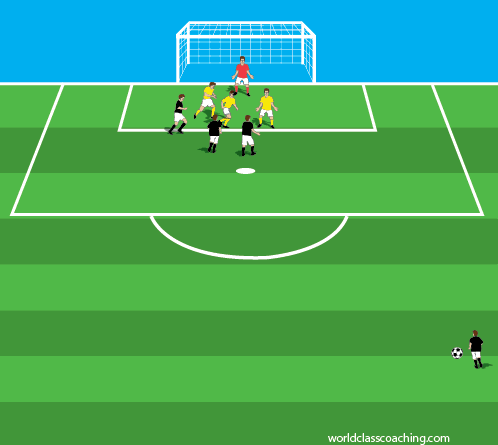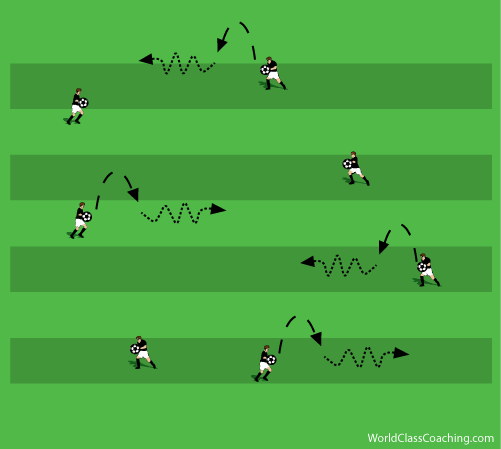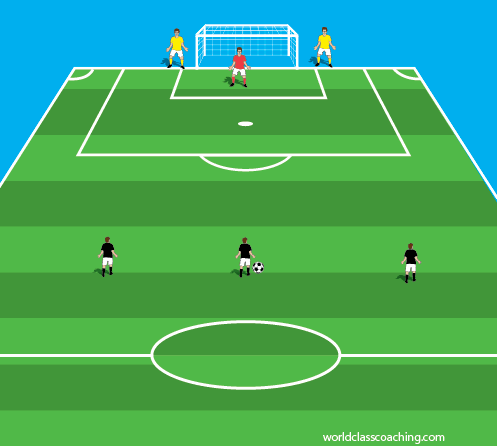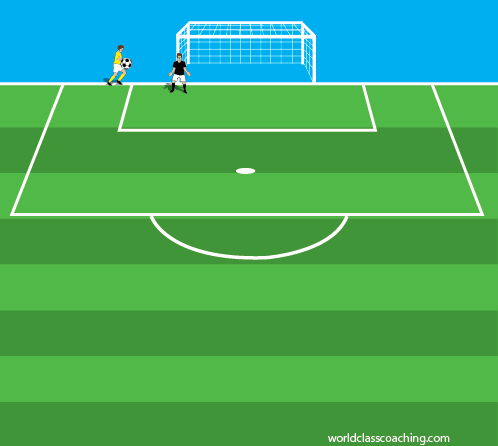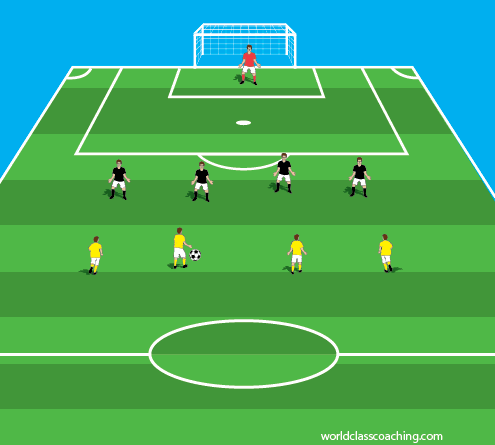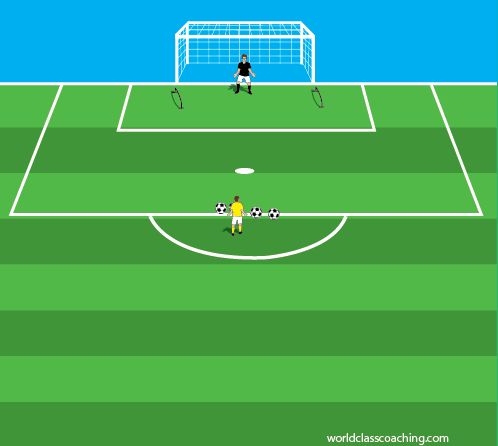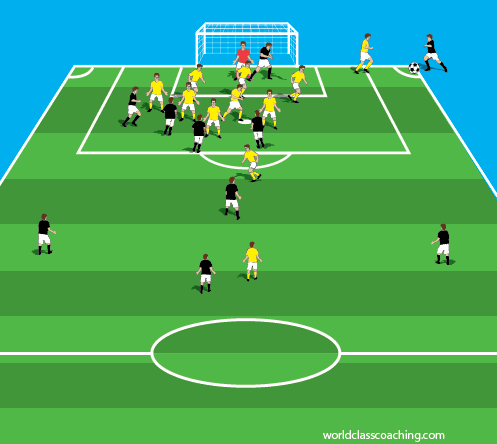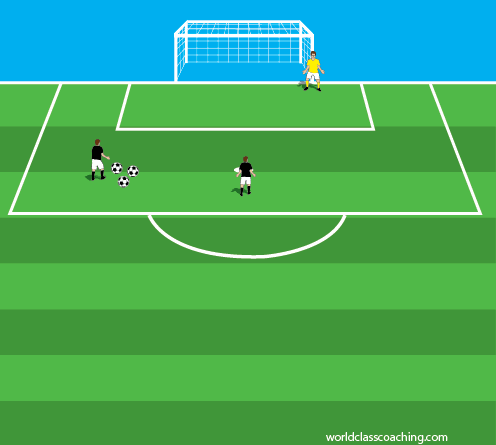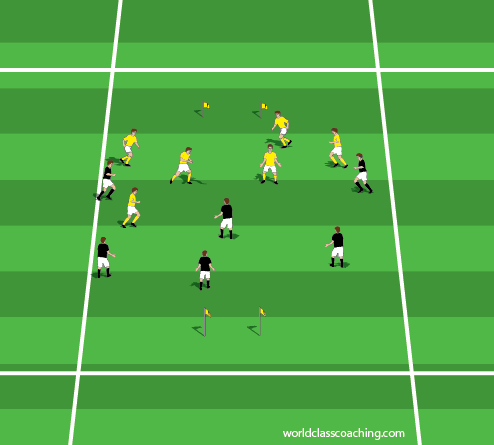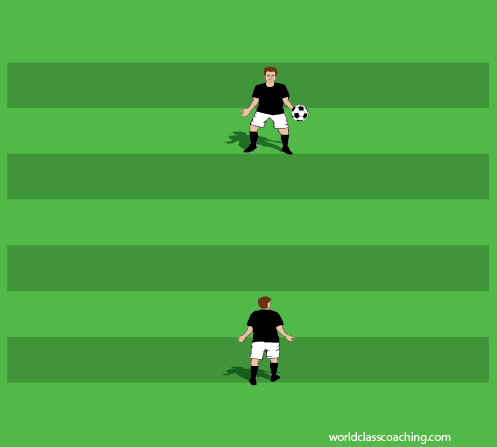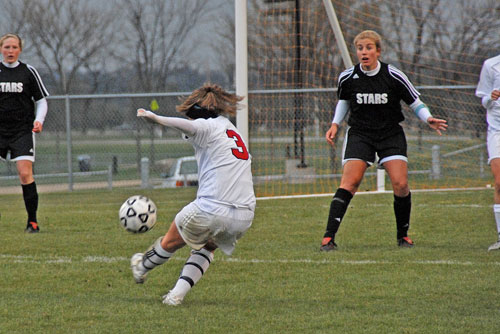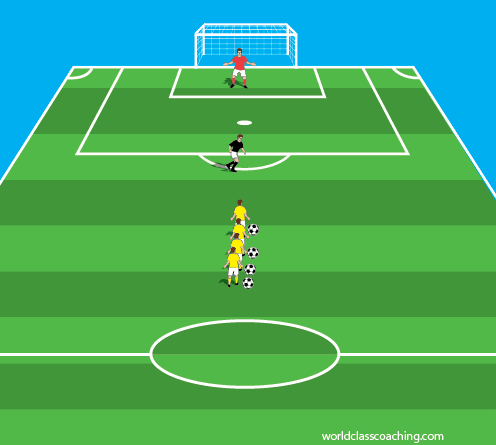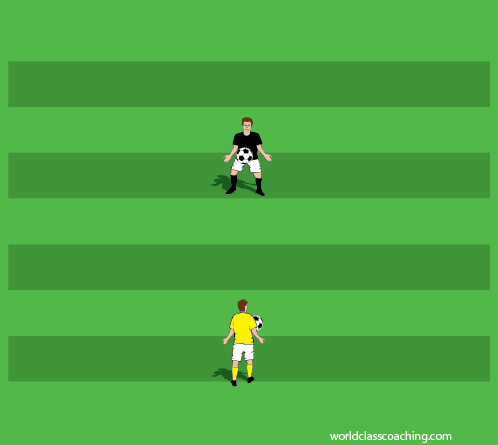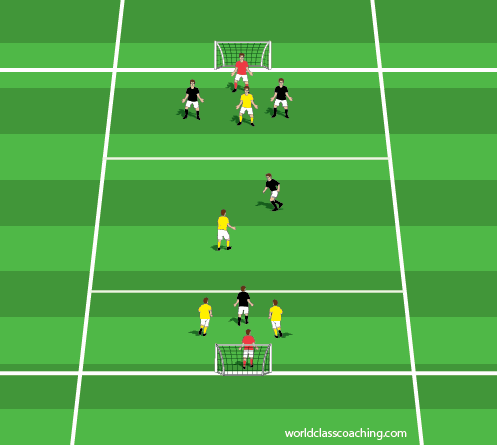RESEARCH: Projecting the intensity of the session based on HR, Perceived Exertion and Global Position Systems.
A recent study in the Journal of Strength and Conditioning Research ((Gomez-Piriz, Jimenez-Reyes, & Ruiz-Ruiz, 2011) looked at a possible way to rate the intensity of a training session using various means of global positioning systems (GPS), heart rate (HR) and rate perceived exertion (RPE). The authors stated research that validated the use of HR and RPE as accurate predictors of session intensity, but wanted to examine the use of total body load (TBL), collected by measuring acceleration forces (walking, acceleration, deceleration, change of direction, tackling, etc.) during small sided games.
The authors quoted another study (Reily & Bowen, 1984) that mentioned how, “…unorthodox modes of motion such as running backwards and sideways and changing direction accentuate the metabolic loading” and therefore might through off the RPE. They also mentioned studies that determined
Continue reading
